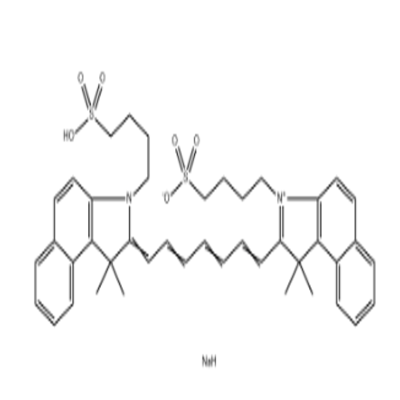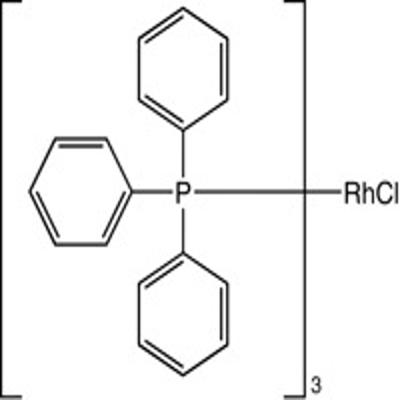-
Categories
-
Pharmaceutical Intermediates
-
Active Pharmaceutical Ingredients
-
Food Additives
- Industrial Coatings
- Agrochemicals
- Dyes and Pigments
- Surfactant
- Flavors and Fragrances
- Chemical Reagents
- Catalyst and Auxiliary
- Natural Products
- Inorganic Chemistry
-
Organic Chemistry
-
Biochemical Engineering
- Analytical Chemistry
- Cosmetic Ingredient
-
Pharmaceutical Intermediates
Promotion
ECHEMI Mall
Wholesale
Weekly Price
Exhibition
News
-
Trade Service
Yesterday, American biotech company Marinaus announced that its neurosteroid drug ganaxolone has reached the end of a trial level 3 clinical trial of a rare epilepsy called CDKL5 deficiency (CDD).
the trial, called Marigold, recruited 101 CDD patients to compare the effects of ganadone and placebo on the frequency of epilepsy.
results were 32 per cent lower than the frequency of pre-drug morbidity during the 28-day observation period, compared with a 4 per cent decrease in placebo.
the trial missed several secondary finishes, and the placebo performed slightly worse than expected.
the first-tier endpoint data could be used as a listing credential to prepare for next year's listing.
85 per cent yesterday, but fell back today.
neuroactive steroid (NAS) is a wide range of functioning hormones, the main molecular mechanism is to bind to the GABA-A receptor's other configuration binding cavity, enhance GABA signal.
GABA is the central primary inhibitor, and if the function decreases, the central is overactive, leading to various diseases such as insomnia and epilepsy.
class of drugs known as benzodiazepines and so-called Z-insomnia drugs are the structurally positive regulators of GABA receptors.
NAS has different binding points with these two types of older drugs and can be combined with more types of GABA-A subjects.
GABA-A subject has 5 sub-units with a total of 30 combinations.
BZD and Z-drugs can only bind to GABA-A subjects of synapses, while NAS can bind to GABA-A subjects outside of synapses.
this is a broader reason for NAS function, such as BZD does not have antidepressant activity and NAS has this activity.
NAS and GABA-A are both functional, finding the right adaptive with the right NAS is not easy.
Sage is a leader in this field, and NAS's preferred allergy is epilepsy, but Sage's progesterone-liker Zurresso has failed several epilepsy clinical trials.
In generally preferred adaptive disorders are more dangerous after failure, but Zulresso eventually became the first postpartum depressive drug to improve postpartum depressive symptoms, while glycosterone, which is similar in structure and has a much better drug nature, failed in this allergy.
Zurresso works well but requires 60 hours of intravenous drips, while ganazone can be changed oral after 6 hours of intravenous drips, unfortunately with poor results.
Glycosone has also failed other epilepsy trials, but today's allergy is still an epilepsy, indicating that this mechanism is still effective for some epilepsy.
if ganadone were to be available, it would be the NAS family's second product, the second adaptor of the system, providing spiritual support for further expansion of the drug.
GABA channel has a wide range of effects and complex mechanisms, and its regulator can not only affect nerve conduction in a short period of time, but also may regulate central inflammation and promote neuron production.
so a drug with a shorter half-life and inability to take it or mouth may also have long-term effects, and the compound is now in clinical trials in Alzheimer's.
of course the most famous drug in the field is Sage-217, which not only is oral once a day but also shows early effects in insomnia, postpartum depression, and severe depression.
regret that the drug's first stage iii of severe depression failed last year, forcing half of this year's cuts.
the drug is still in clinical phase III, but its upper respiratory tract infection is a hidden danger.
epilepsy because animal models are reliable so there are many drugs on the market, but some rare genetic variants caused by epilepsy is difficult to control with old drugs.
CDD is such a rare form of epilepsy that, as the name suggests, is caused by a CDKL5 mutation and is not currently approved specifically for the disease.
in recent years, two epilepsy drugs from the drug, Findepla and Epidiolex, have been approved for the treatment of Dravet's disease, but overall progress has been limited.
epilepsy is not only very painful, but also affects the development of children, is a serious disease.
With increased social and payment sector attention to rare diseases and the success of rare childhood central diseases such as SMA drugs, these central diseases are expected to receive attention from emerging gene therapy and RNA regulatory drugs (RNA and small molecules).







